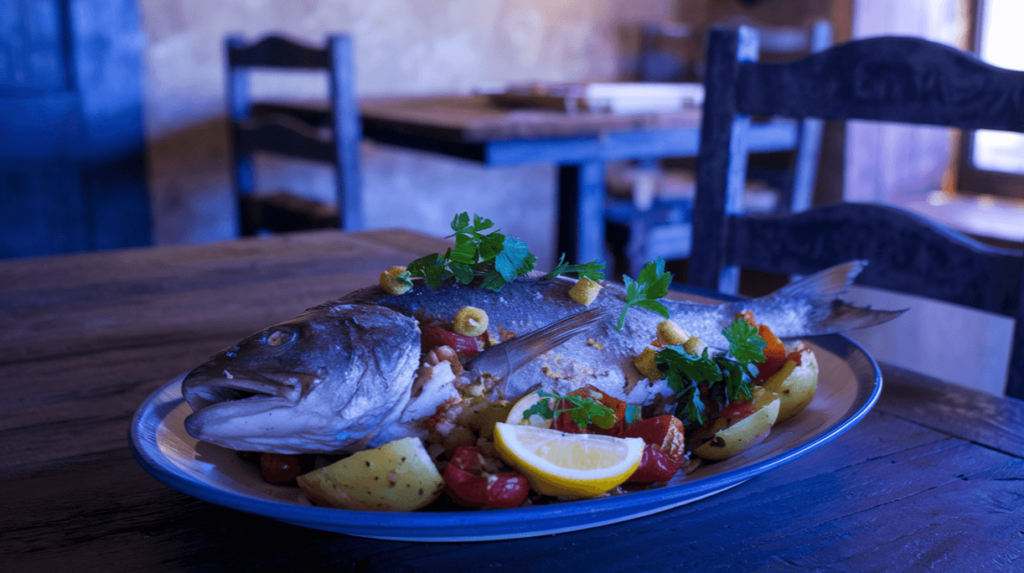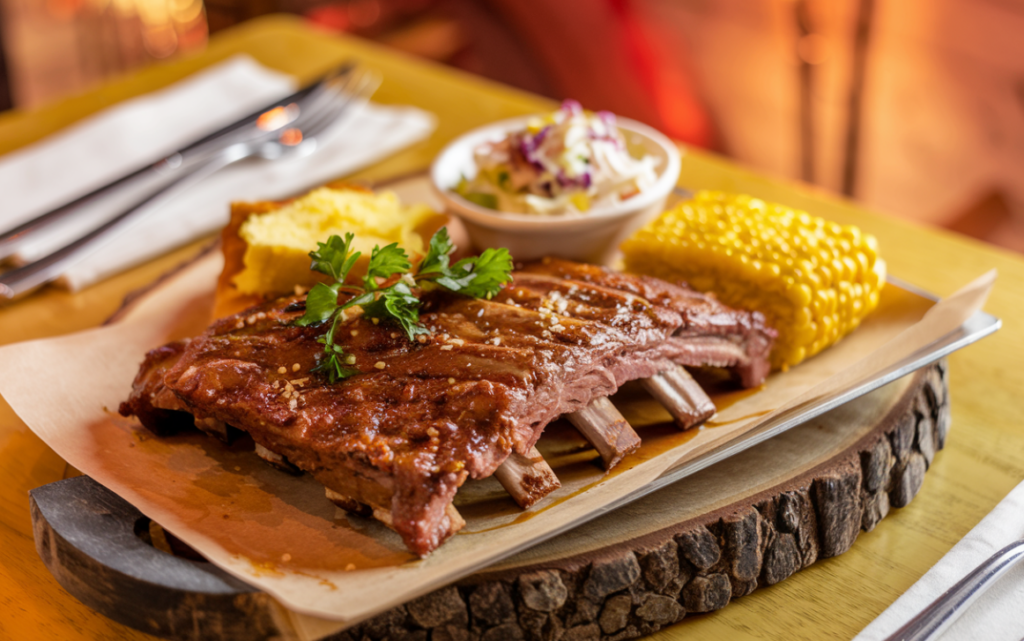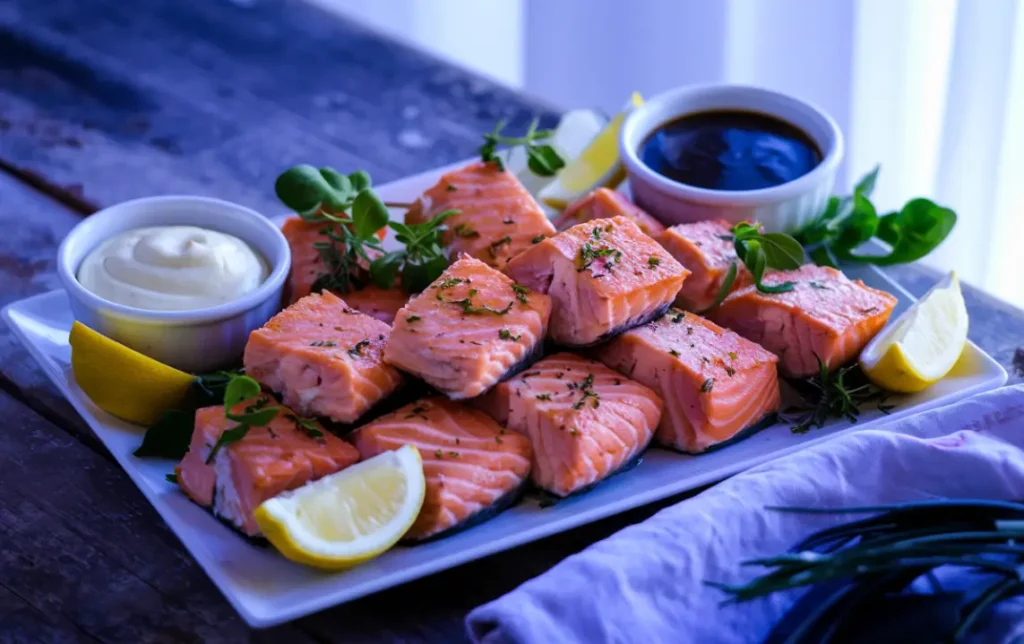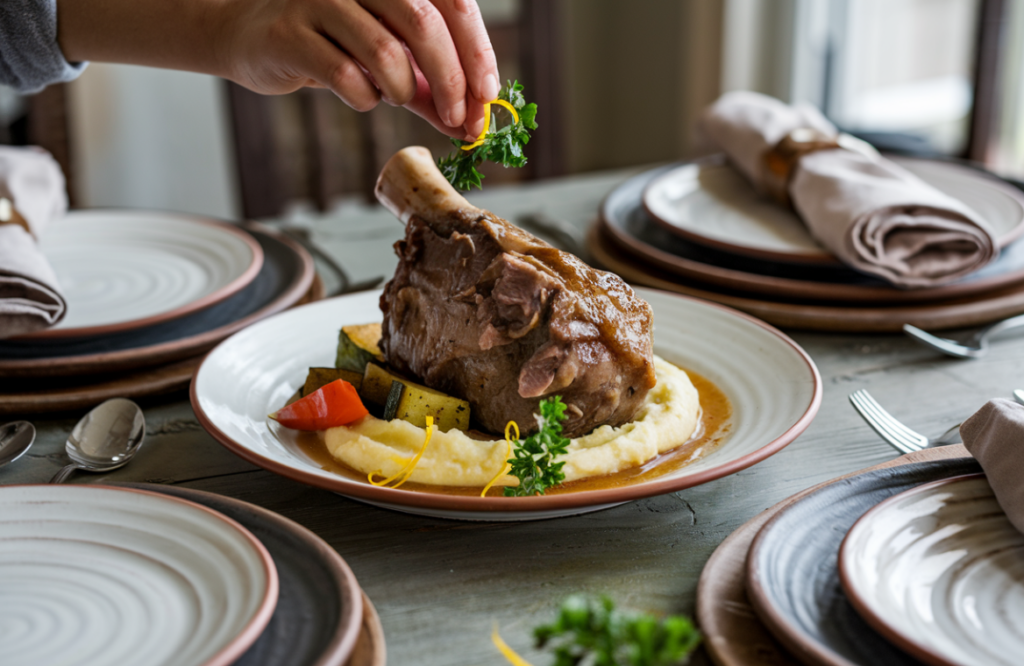Keto Crockpot Recipes: Delicious, Easy, and Low-Carb Meal Ideas
Introduction : -If you want a simple and delicious way to stay on track with your keto diet, keto crockpot recipes are the perfect choice. With just a little effort, you can create tasty meals … Read more








